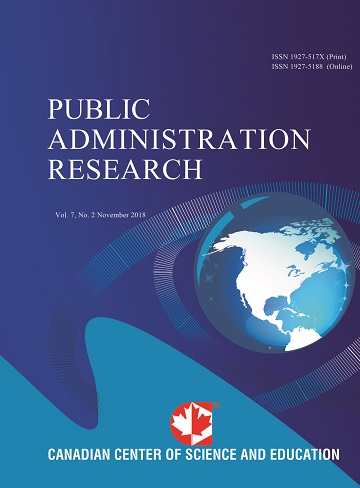Beijing Subway and the Political and Economic Development of China
- Yixiao Guo
Abstract
This research paper analyses the main purposes the Beijing subway system, which served from 1969 to now as a tool of political defense as well as a transportation system. The notion to construct the system arose in 1953, but the first section of today’s Line 1 did not open until September 1969. Today, the Beijing subway system is the world’s busiest in terms of annual ridership and the world’s second longest subway system, ranking only behind Shanghai’s. (Xinhua News Agency, 2017, http://www.xinhuanet.com/politics/2017-12/30/c_1122188643.htm.) The political and economic development and trends in China in the second half of 20th century and the first decade of the 21st century, such as the Cultural Revolution and the 2008 Olympics, affected the subway system’s development greatly. This paper examines Chinese documents with the aim of providing a general understanding of the development and purpose of the Beijing system, through political, economic and technical analysis, among others, of its history.
There exists almost no document, ¬¬either in English or Chinese, that analyzes the development of Beijing’s subway system. However, this topic should be considered important, as it provides an alternative way of viewing the development of China and its governing principles throughout its late-20th century and current-day history.
- Full Text:
 PDF
PDF
- DOI:10.5539/par.v8n1p23
Journal Metrics
h-index (2017): 7
i10-index (2017): 6
h5-index (2017): 7
h5-median (2017): 13
Index
- COPAC
- CrossRef
- DTU Library
- EBSCOhost
- EuroPub Database
- Excellence in Research for Australia (ERA)
- Genamics JournalSeek
- Ghent University Library
- Google Scholar
- Harvard Library
- Infotrieve
- Jisc Library Hub Discover
- LOCKSS
- Mir@bel
- Norwegian Centre for Research Data (NSD)
- Open J-Gate
- PKP Open Archives Harvester
- Publons
- ROAD
- Scilit
- SHERPA/RoMEO
- Stanford Libraries
- Ulrich's
- UniCat
- Universe Digital Library
- UoS Library
- WorldCat
Contact
- Gabriel TaiEditorial Assistant
- par@ccsenet.org
